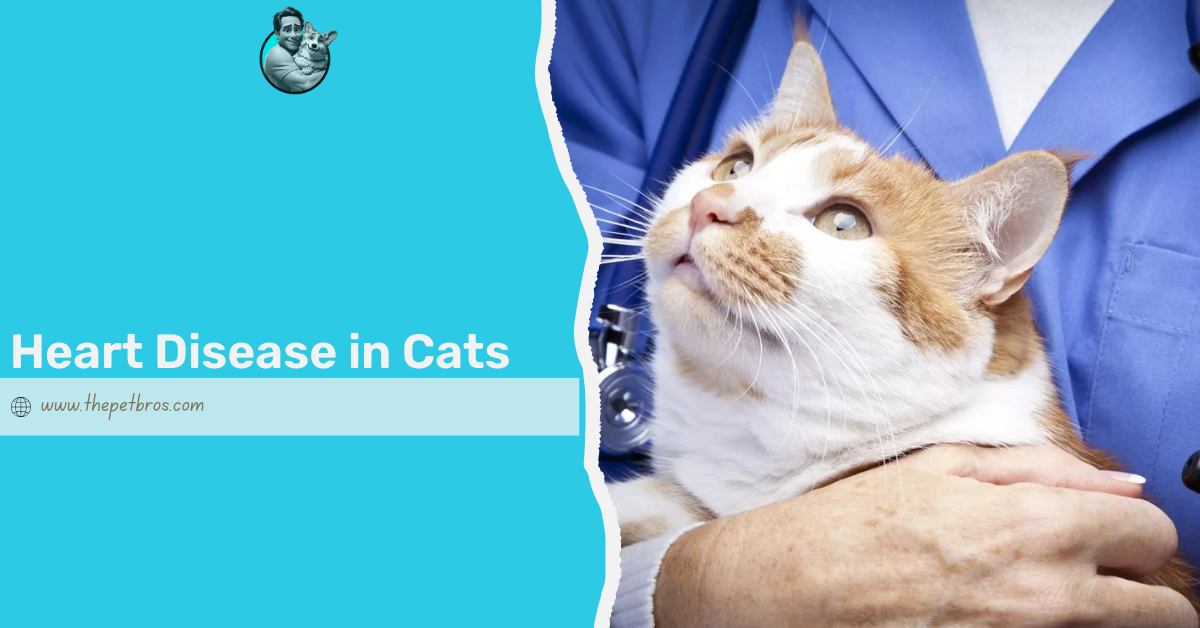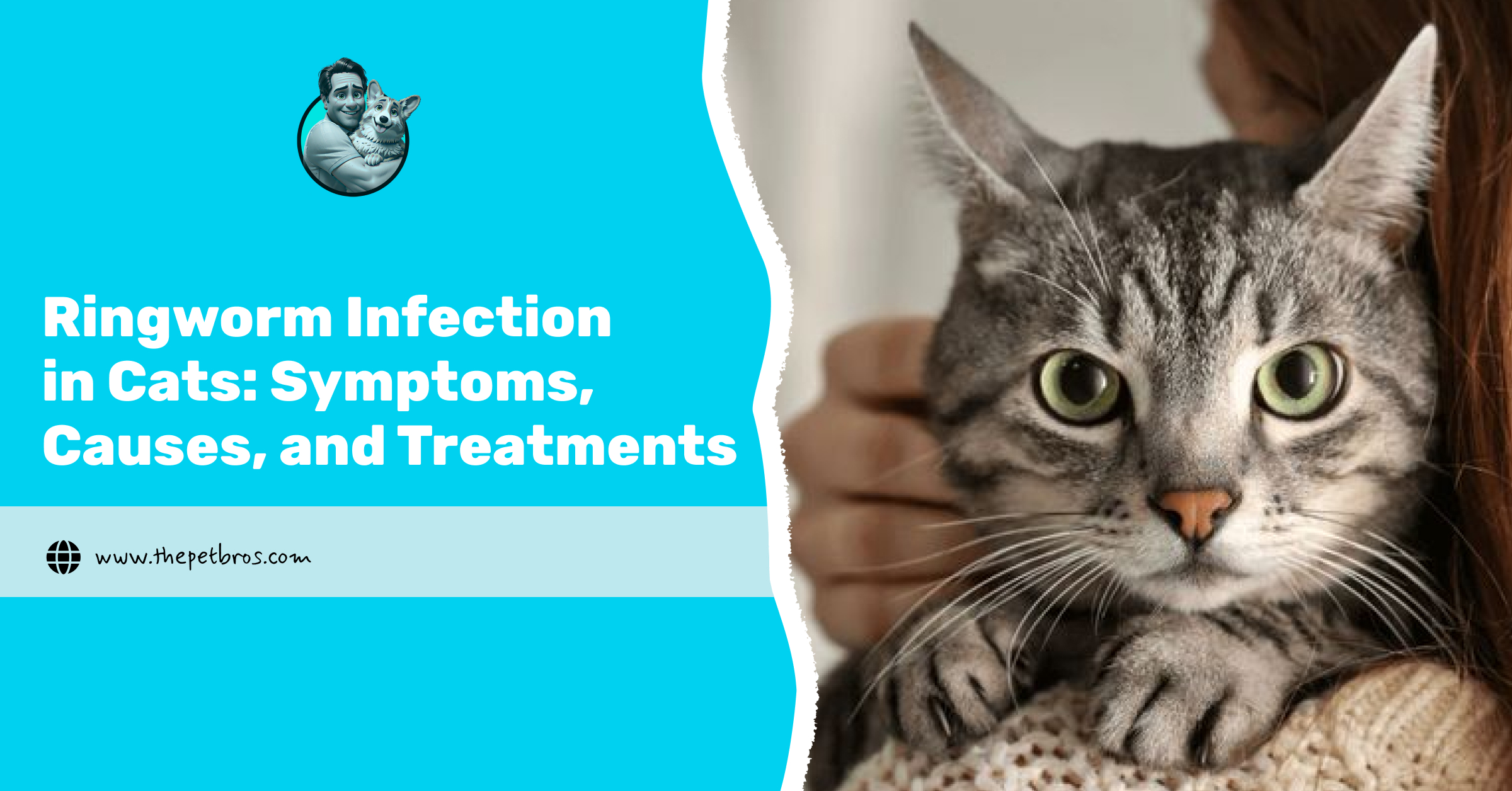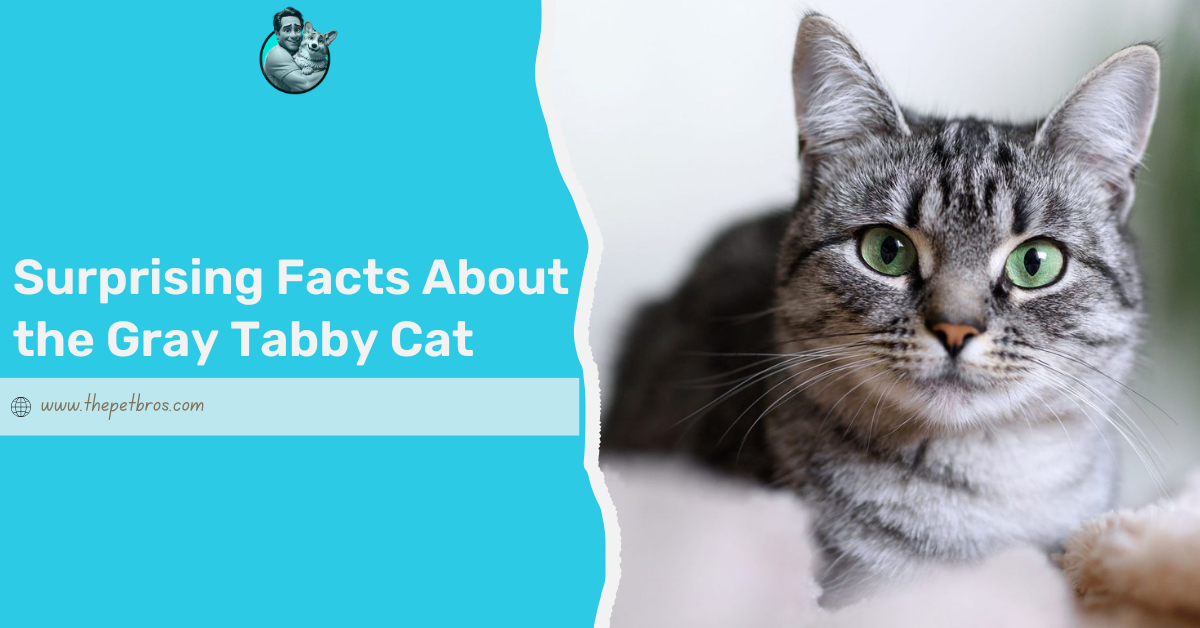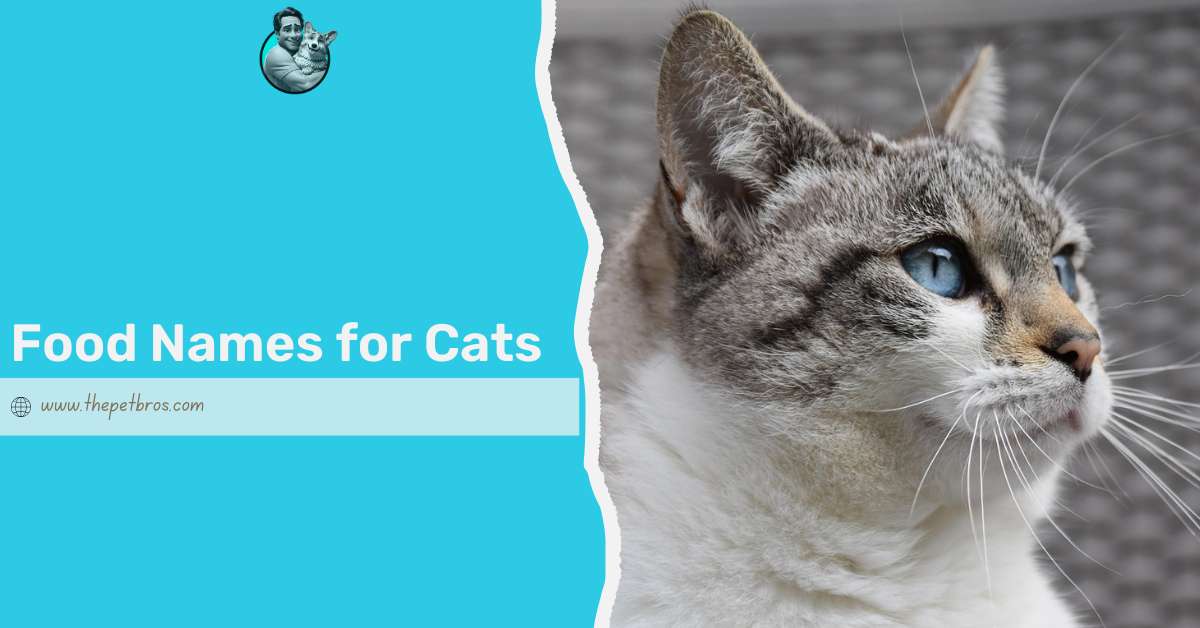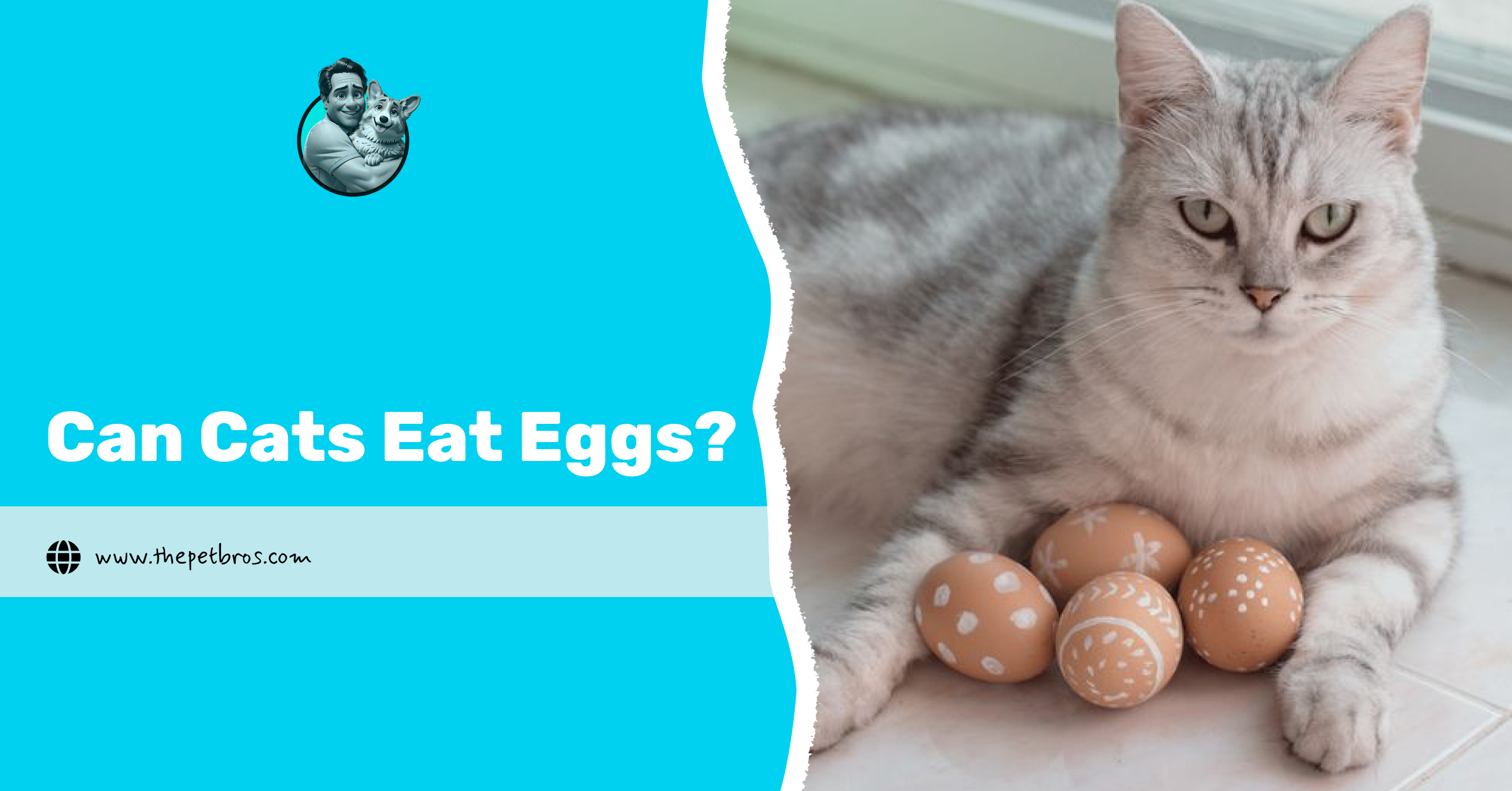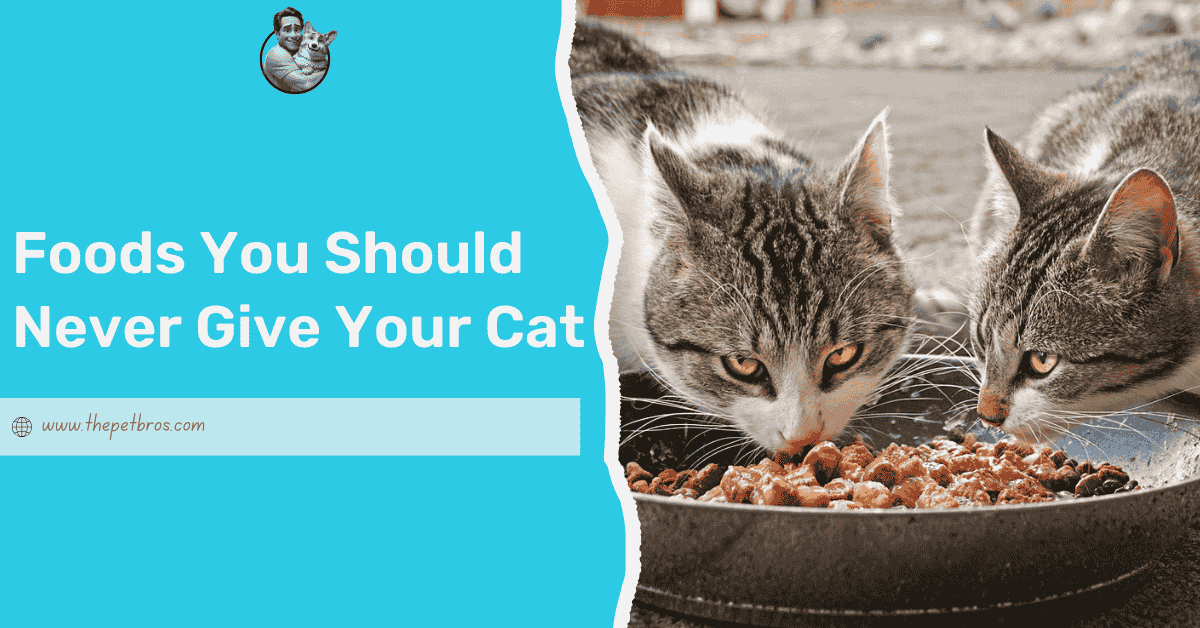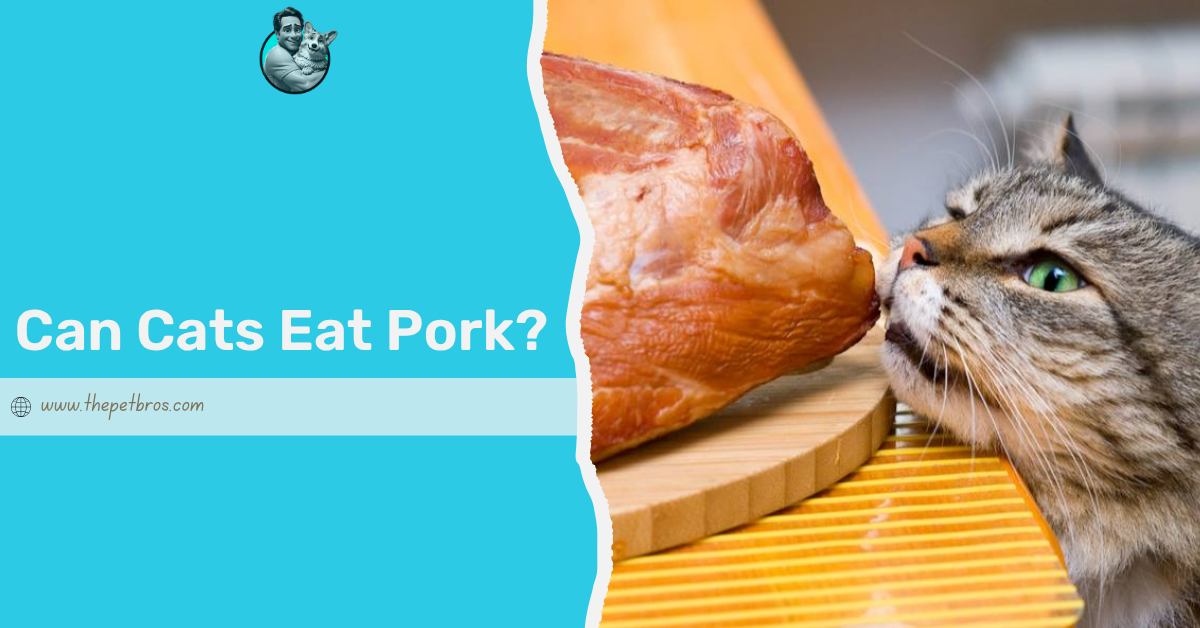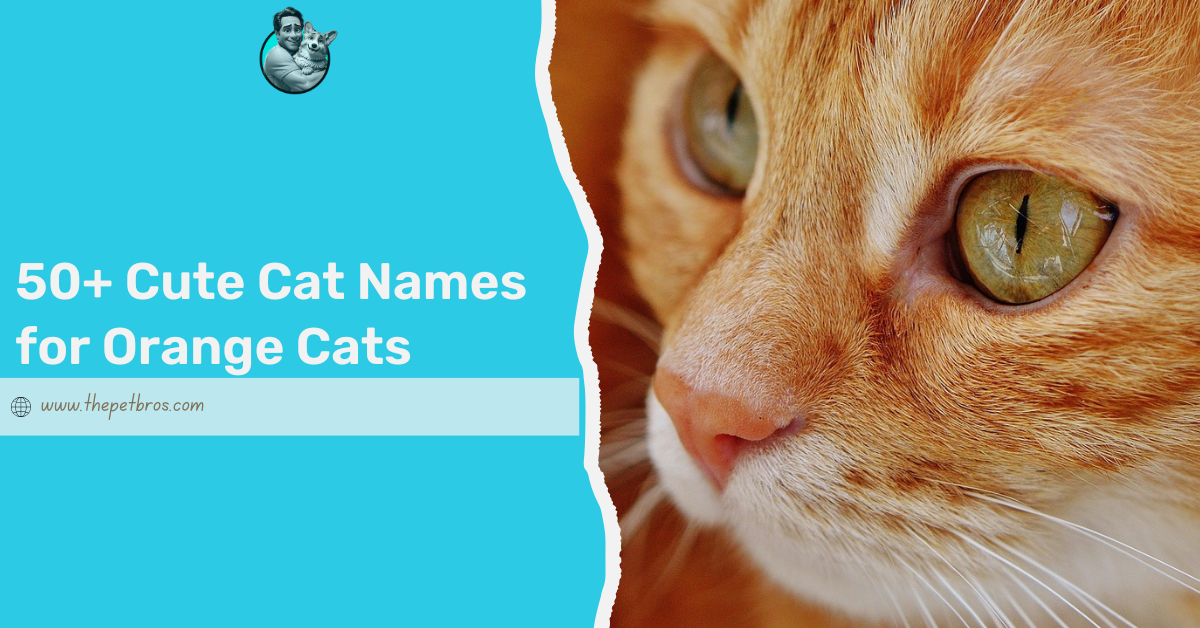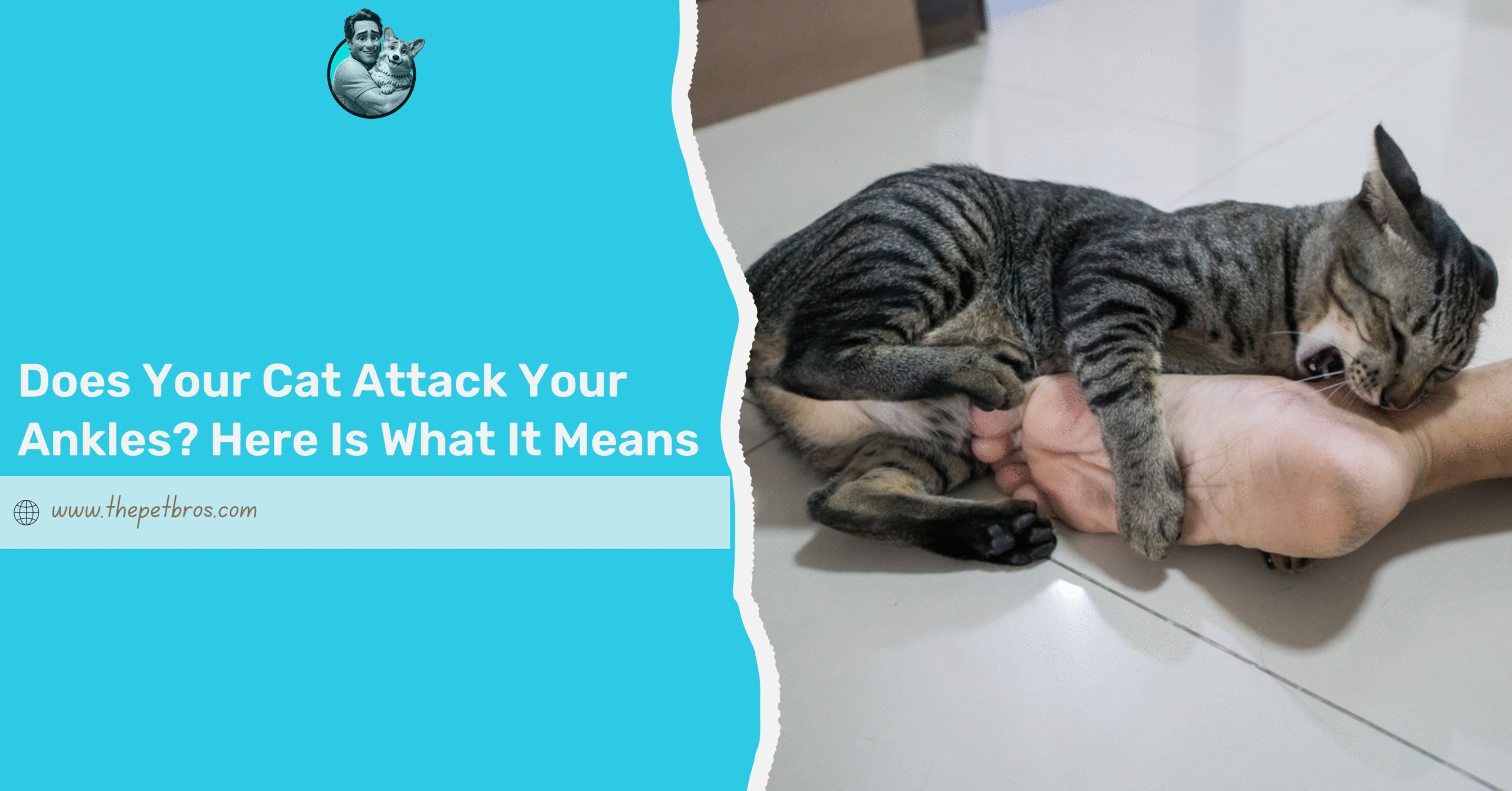Have you ever looked at your cat and felt something was… off? If you’ve ever worried about heart disease in cats, this might be how it starts. It’s not exactly ill, not quite in pain, but it’s also just… not itself. You must have noticed that they’re moving a little less, eating a little slower, or taking deeper breaths than usual. Nothing dramatic, nothing urgent. But deep down, something tugs at your attention.
Unlike humans, cats don’t express discomfort in obvious ways. They retreat. They mask. And by the time the signs become impossible to ignore, the condition may already be severe. Heart disease in cats is more common than many realise. Some cats are born with it, while others develop it over time.
While you can’t always prevent cat heart diseases, you can spot the red flags sooner and work with your vet to manage the condition before it spirals. In this blog, we’ll walk you through what heart disease in cats is, how to recognise the subtle signs early, what causes it, and how to support your feline friend through every step.
What Exactly Is Heart Disease in Cats?
We know heart disease in cats sounds dramatic, and it can be. But it’s often sneakier than you’d expect. Let’s break it down: It usually means there’s something wrong with how your cat’s heart works, most often because of a condition called cardiomyopathy. It’s a fancy word, but it’s pretty serious.
The most common type is hypertrophic cardiomyopathy, or HCM, if you’re not in the mood for a mouthful. In this condition, the walls of the heart become too thick, making it harder for blood to flow properly.
There are other types, too. The dilated cardiomyopathy, which used to be more common when cat food lacked taurine, causes the heart walls to thin and weaken. Then there’s restrictive cardiomyopathy, where the heart becomes stiff and can’t relax properly. Each one comes with its quirks, but the outcome is usually the same: the heart stops working as efficiently as it should. Here is an academic paper that discusses these three cat heat diseases in more detail.
Unfortunately, your cat can’t tell you they’re feeling it. They won’t clutch their chest or flop dramatically like they’re in a soap opera. They’ll usually just carry on like nothing’s wrong until it becomes glaringly obvious.
Why Heart Disease in Cats Are Hard to Spot Until It Isn’t
Cats are famous for being private creatures. They don’t whine like dogs, they don’t limp dramatically, and they certainly don’t ask for help when something feels wrong. Heart disease, sadly, takes full advantage of that quiet nature.
In the early stages, your cat may seem tired. You’d notice that they eat less, breathe a little quicker, or retreat to their usual hiding spot more often. These are subtle signs that are very easy to miss, but they are the same tiny changes that can be the early signs of heart disease.
As the condition progresses, the symptoms will become harder to ignore: laboured breathing, cold paws, sudden collapse, or paralysis in the back legs due to blood clots. These are emergency-level signs, which often mean that the disease is already advanced. You may not know your cat has heart disease until it’s in real distress. That’s why understanding your cat’s body signs matters to help you react to both the quiet and the loud signals.
What Causes Cat Heart Diseases? (And Is It Preventable?)
It will dishearten you to know that sometimes, heart disease in cats just happens. Yes, that’s one of the most frustrating parts, knowing that you can do everything right, feed them well, book regular vet visits, give them all the love and still, it shows up.
Now, one major factor that triggers heart disease in cats is genetics. Specific breeds like Maine Coons, Ragdolls, and Persians are more likely to develop heart disease, especially the hypertrophic cardiomyopathy (HCM). If your cat falls into one of these groups, it’s worth asking your vet about early screening.
Then there are secondary conditions; hyperthyroidism and high blood pressure, which can quietly affect heart function over time. In this case, even cats that don’t seem sick can have underlying issues that put pressure on the heart.
However, in rare cases, it comes down to your cat’s diet. A lack of taurine (an essential amino acid) leads to dilated cardiomyopathy (DCM). Fortunately, most commercial cat foods are now fortified with taurine. Nevertheless, homemade or unbalanced diets can still cause trouble.
Time for the big question “Is it preventable?” Not always. The most you can do is know your cat’s risks, feed it a proper diet, and stay on top of routine check-ups. This way you can catch it earlier and that can make all the difference.
How Do Vets Identify Heart Disease in Cats
Since cats rarely show clear signs early on, vets rely on a few important tools to figure out what’s really going on. It starts with a full physical exam, and then they have conversations with you about any subtle changes you’ve noticed, like faster breathing or low energy.
From there, they may run a blood test to check for other conditions, especially thyroid issues, as they also have a tendency to affect the heart. Blood pressure checks are also common, since high blood pressure can put strain on the heart over time.
Let’s talk about the gold standard way to detect heart disease in cats which is the echocardiogram; an ultrasound of the heart that lets your vet see its size, shape, and how well it’s pumping. It’s painless, non-invasive, and gives the clearest picture of what’s going on inside.
Other helpful tests include:
- An electrocardiogram (ECG) to monitor heart rhythm
- X-rays to look for fluid buildup in the lungs
- Taurine level tests are used if dilated cardiomyopathy is suspected
How to Manage Heart Disease in Cats
To be honest, there’s no cure for heart disease in cats. However, that doesn’t mean there’s nothing you can do. With the right care, many cats can live comfortably for years after diagnosis. It’s all about how well the condition is managed.
Medication is often the first step. Your vet may prescribe drugs like diuretics (to reduce fluid buildup), beta-blockers (to slow the heart rate), ACE inhibitors (to ease pressure), or blood thinners (to prevent clots). The right combination depends on the type and stage of the disease.
As you know, the diet plays a huge role. One cat may need low-sodium food to ease the strain on their heart, another cat probably needs taurine-rich meals to support heart muscle health especially if there’s a risk of dilated cardiomyopathy.
If your cat goes into heart failure, they may need emergency treatment. This could include oxygen support, stronger medication, or hospital care to stabilise them. It sounds scary, but with quick action, many cats bounce back and return to a manageable routine. Interestingly. your cat’s lifestyle also helps. If you keep them in a calm and predictable environment it reduces stress.
Living With Heart Diseases: What You Can Do as a Cat Parent
Supporting a cat with heart disease can feel overwhelming at first, but you can always work your way around it. A few thoughtful adjustments to your cat’s daily routine can make your cat’s life comfortable. Start by tracking their resting breathing rate, especially while they’re asleep. A normal rate is under 30 breaths per minute. Anything consistently higher could be a sign that something’s off. It’s one of the simplest ways to catch problems early.
Stress can worsen symptoms, so avoid sudden changes, loud noises, or rearranging their space too often. A cosy corner, their favourite blanket, and a soft daily routine go a long way. Stay alert for subtle signs of hiding, restlessness, or loss of appetite. Attend to them when you notice that your cat wants attention.
These signs may not seem dramatic, but they can be your early warning system. Most importantly, be your cat’s advocate. Ask your vet questions, follow up if you’re unsure, and trust your instincts.
So Now What?
If your cat has been diagnosed with heart disease, take a breath. It’s a lot to take in, but it isn’t the end of the story. Many cats live well with heart disease, especially when it’s caught early and managed properly. The key is staying observant, asking questions, and building a routine that works for both of you. You don’t need to become a medical expert overnight; you just need to be someone who notices the little things.
Keep the vet in the loop. Track their breathing. Offer comfort when they seem off. Above all, don’t underestimate how far being present for them can be. Sometimes, the best medicine is simply being there.
FAQs
What’s the life expectancy for cats with heart disease?
Anywhere from a few months to several years. Cats with HCM might live 5–6 years. With heart failure, it’s often 3–18 months.
Is Heart Disease painful for Cats?
Not always. But complications like clots or fluid buildup can cause pain, which vets can help manage with medication and care.
How can I monitor my cat’s heart health at home?
You can track their resting breathing rate while they sleep; anything consistently above 30 breaths per minute is a red flag.
Are some cat breeds more at risk of heart disease than others?
Yes, Maine Coons, Ragdolls, Persians, Sphynx, and British Shorthairs are more genetically prone to heart disease.
Is a Heart Murmur Always Bad News?
Nope. A murmur is just a sound, not a diagnosis. Some cats have murmurs with no disease.






